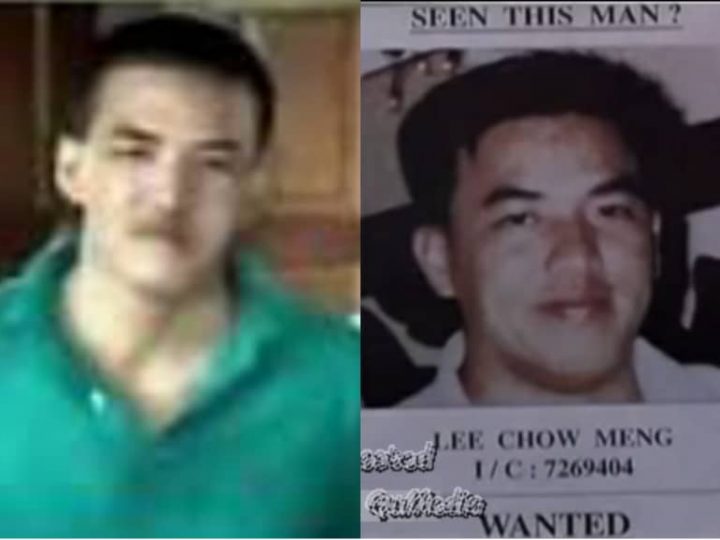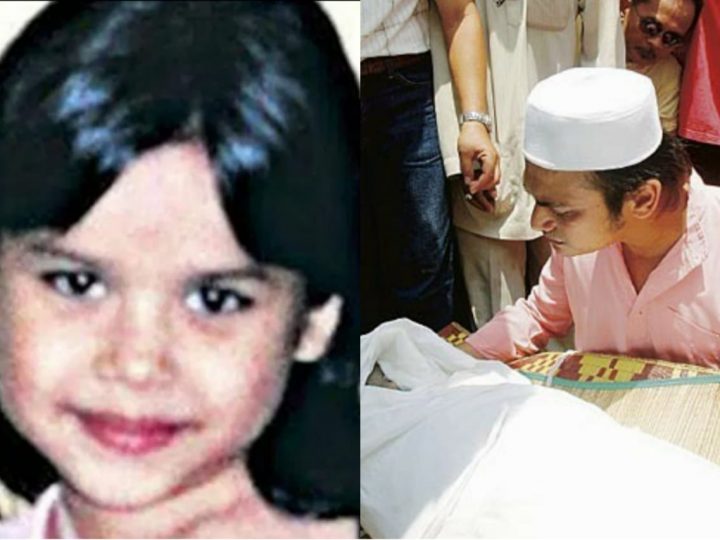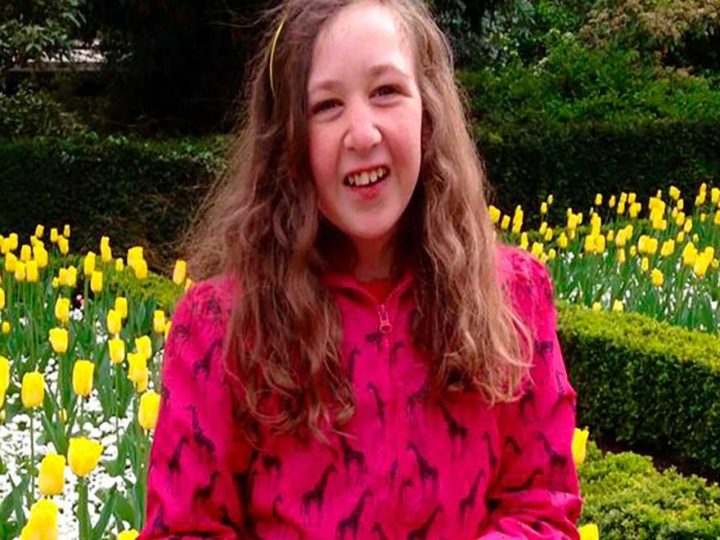The Abduction & Murder Of M’sian Justice Figure Kevin Morais
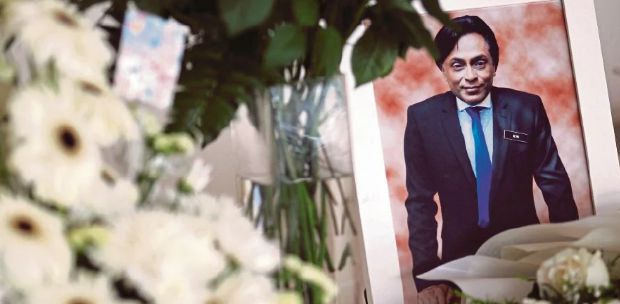 Thirsty for JUICE content? Quench your cravings on our Instagram, TikTok and WhatsApp
Thirsty for JUICE content? Quench your cravings on our Instagram, TikTok and WhatsApp

Who Was Kevin Morais?
Born on 22 March 1960, Anthony Kevin Morais was a Malaysian deputy public prosecutor known for his commitment to justice, and involvement in high-profile cases – including the prosecution of Malaysian opposition leader Anwar Ibrahim on sodomy charges.
In 2020, he was conferred with the Darjah Datuk Paduka Mahkota Perak (DPMP), bestowing upon him the title of “Datuk” by the 35th Sultan of Perak, Sultan Nazrin Muizzuddin Shah. Following his passing, the Malaysian Anti-Corruption Academy renamed one of its moot courts as the “Kevin Morais Moot Court” in his honour.
Tragically, in 2015, Kevin Morais became a victim of a heinous crime, so his award was collected by his brother, Datuk Richard Morais.
Content Warning: This article contains detailed discussions of graphic subject matter, including violence, abduction, and murder. Reader discretion is advised.
He was first reported missing, and later, his body was found in a cement-filled oil drum in a river. The murder was linked to corruption cases he was investigating, and it raised concerns about the safety of those involved in high-profile prosecutions in Malaysia.
In 2018, several individuals, including a former army doctor, were convicted in connection with the abduction, murder, and disposal of Morais’ body.
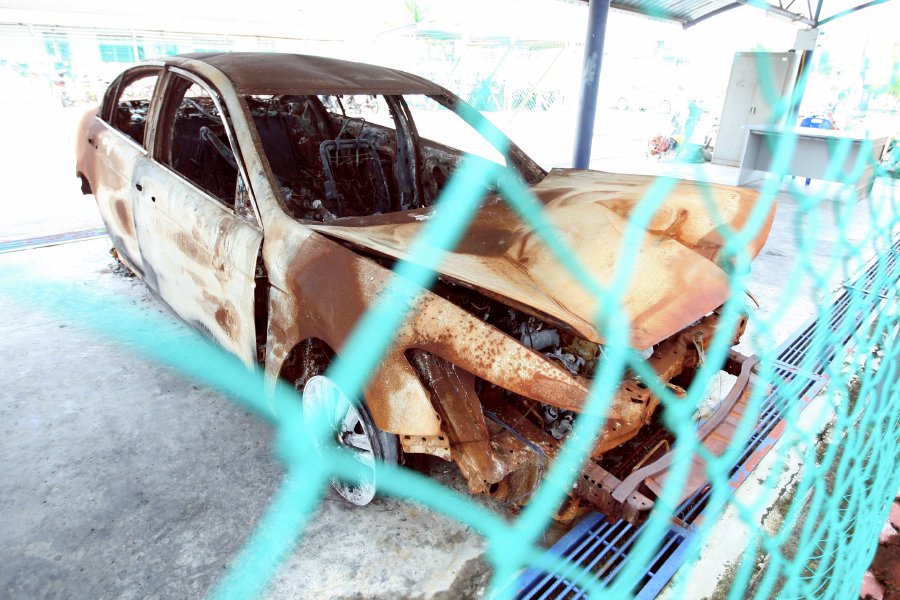
The Chronology Of The Case
Kevin Morais was last seen on 4 September 2015, leaving his Menara Duta residence in his car, a Proton Perdana with the number plate WA6264Q en route to Putrajaya.
It was later revealed that he was abducted, and investigations indicated that he was forcibly taken to a location where he was murdered. The motive for his abduction and murder appeared to be connected to his role in prosecuting corruption cases, specifically one involving Malaysian officials.
The perpetrators allegedly abducted Morais, who was 55 at the time, smothered him, and subsequently killed him. His body was then disposed of in a particularly gruesome manner – reports described how his remains were found encased in a cement-filled oil drum, submerged in a river in Subang Jaya.
The discovery sent shockwaves throughout Malaysia, and the brutal nature of the crime heightened public concern over the safety of individuals involved in exposing corruption.
The news of Kevin Morais’ disappearance and subsequent murder sparked widespread outrage and condemnation. Many Malaysians expressed their grief and shock over the heinous crime, particularly given Morais’ role as a prosecutor dedicated to upholding justice. The case highlighted concerns about the safety of individuals working on high-profile and politically sensitive cases in the country.
Thus, public demonstrations and calls for justice were amplified by various civil society groups. The legal community mourned the loss of one of its own, and there were demands for a thorough investigation to bring the perpetrators to justice.
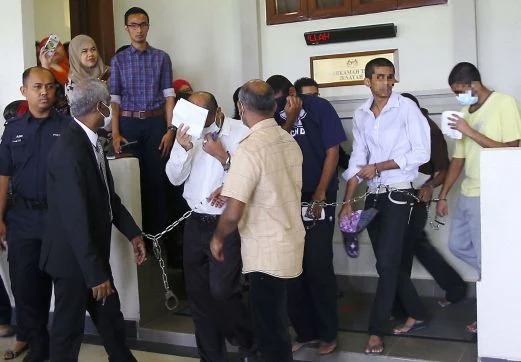
Conspiracies And Allegations
The circumstances surrounding Kevin Morais’ murder fuelled various conspiracy theories and allegations. Some speculated that his death was part of a larger conspiracy to silence those fighting against corruption within the Malaysian government. The notion that Morais’ murder was a deliberate attempt to obstruct ongoing investigations into corruption added to the intrigue of the matter.
Additionally, given the political climate in Malaysia, there were suspicions of potential involvement or orchestration by powerful figures seeking to suppress dissent or opposition. While these theories lacked concrete evidence, they reflected a broader skepticism about the independence of the judiciary and the challenges faced by those working to combat corruption within the country.
Legal Proceedings

Following the discovery of Kevin Morais’ body in September 2015, Malaysian authorities launched a comprehensive investigation into the circumstances surrounding his abduction, murder, and the disposal of his remains. The police focused on identifying and apprehending those responsible for the brutal act.
The investigation led to the identification of six individuals allegedly involved in the conspiracy to abduct and murder Morais. Among the arrested was R. Kunaseegaran, 48, a former army doctor, who was charged with abetting the murder and thus implicated as a key figure in the crime.
The motive? It is believed that Morais was the prosecuting officer in the corruption case against the individual who “led” the group of men that abducted him.
Other individuals, including those believed to be accomplices, were also apprehended as part of the ongoing investigation. Among them were G. Gunasegaran, 47; R. Dineshwaran, 23; Thinesh Kumar, 22; M. Viswanath, 25; S. Nirmalan, 22; A. Murugan, 44; and S. Ravi Chandran, 44, who were believed to have committed the offence between 7 a.m. and 9 p.m. on their way home from Dutamas.
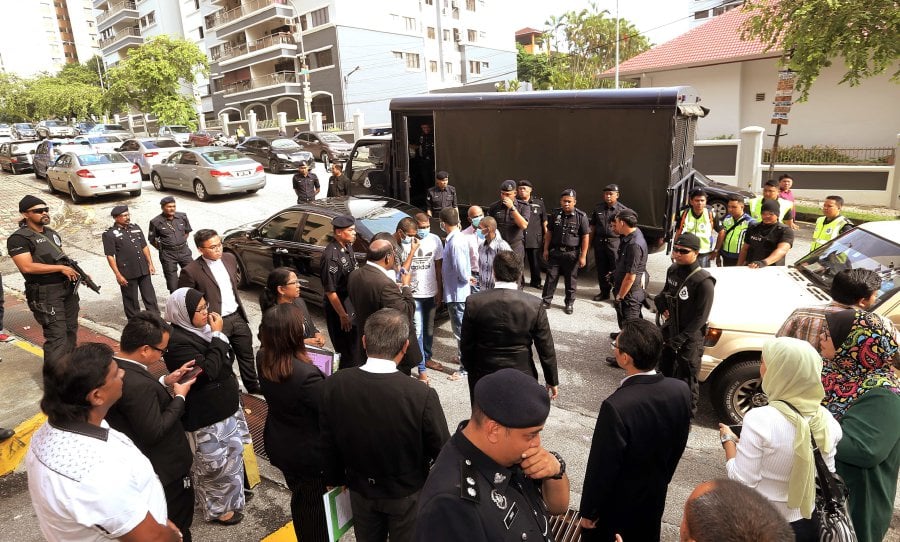
Trial
The trial began in 2017, and legal proceedings unfolded to bring the accused to justice. The court proceedings aimed to establish the sequence of events leading to Kevin Morais’s abduction, the circumstances of his murder, and the subsequent disposal of his body. The prosecution presented evidence to support the charges against the accused, and the defence had the opportunity to present its case.
Key points in the trial:
- Abduction and Torture:
- The prosecution detailed the alleged abduction of Kevin Morais, presenting evidence that suggested he was forcibly taken to a location where he was tortured.
- Motive:
- The prosecution argued that the motive behind the crime was connected to Morais’s role in investigating corruption cases, including one involving Malaysian officials. The intent was to obstruct ongoing investigations and intimidate individuals dedicated to exposing corruption.
- Gruesome Murder:
- Details of the brutal murder were presented in court, highlighting the extent of the violence inflicted upon Kevin Morais. The prosecution aimed to establish the culpability of the accused in carrying out the murder.
- Disposal of the Body:
- The court heard evidence about how Morais’s body was disposed of in a cement-filled oil drum, which was then submerged in a river in Subang Jaya. The disposal method was described as a deliberate attempt to conceal the crime.
- Accused’s Involvement:
- The prosecution built a case against R. Kunaseegaran and other accused individuals, outlining their alleged roles in planning, executing, and covering up the crime.
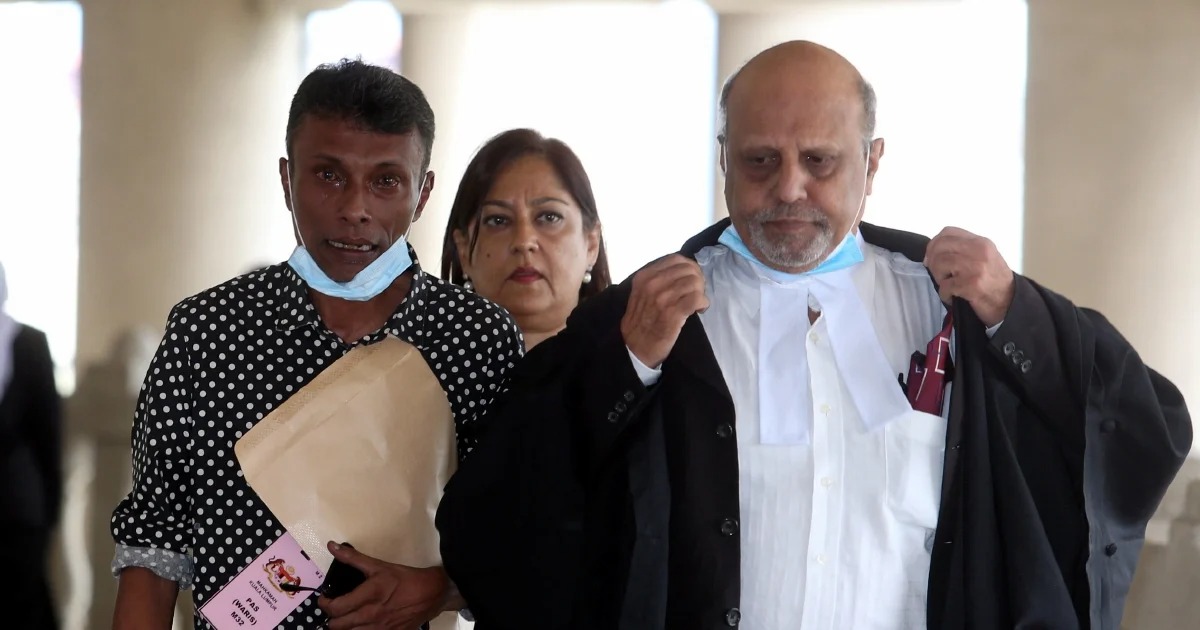
Verdict And Sentencing
In 2018, the trial concluded with a verdict that held several suspects, including R. Kunaseegaran, accountable for their roles in the abduction, murder, and disposal of Kevin Morais’s body.
High Court Judge Datuk Azman Abdullah, now serving as a Court of Appeal Judge, determined that all six men shared a common intention to end Morais’s life. The court concluded that the defence had not successfully raised a reasonable doubt regarding their participation in the murder.
On 10 July 2020, six out of eight charged men were sentenced to death by the Kuala Lumpur High Court.
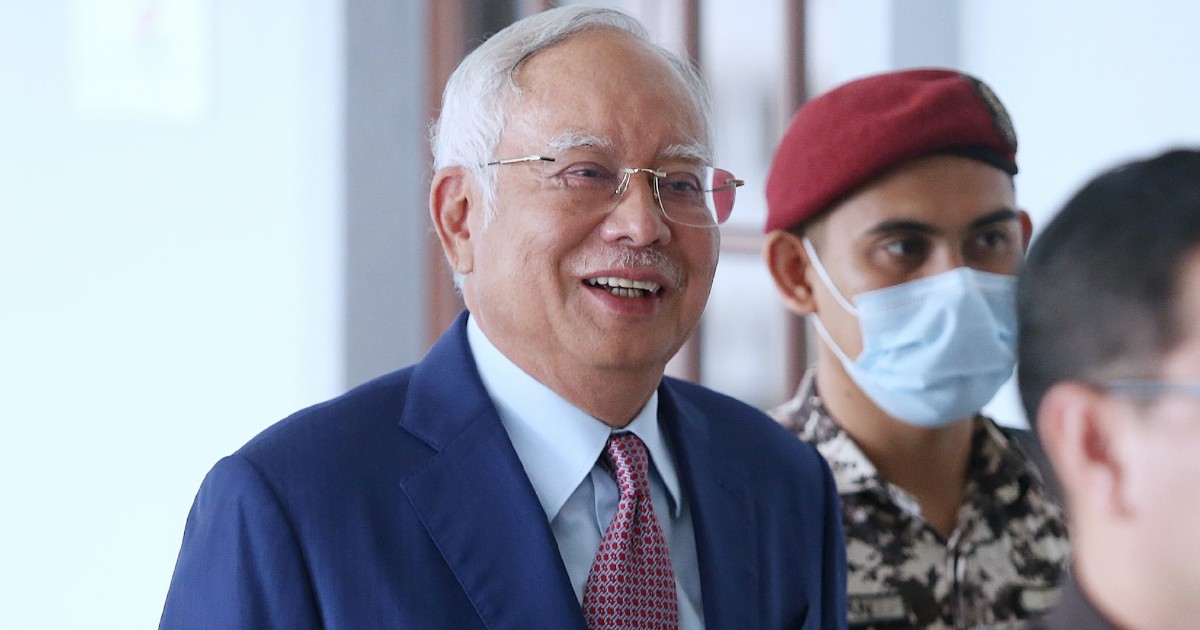
Link To Najib Razak
While many believe that there is no direct link between Kevin Morais and Najib Razak, an incident that occurred during the trial sparked another array of allegations and theories.
One of the accused, money lender S Ravi Chandaran, claimed in court that he was offered RM3.5 million by former Prime Minister Najib Abdul Razak to plead guilty to the murder of Kevin Morais. According to Ravi Chandaran, this offer was conveyed through a Prisons Department officer. He also alleged receiving a similar offer from Morais’s younger brother, Richard Morais.
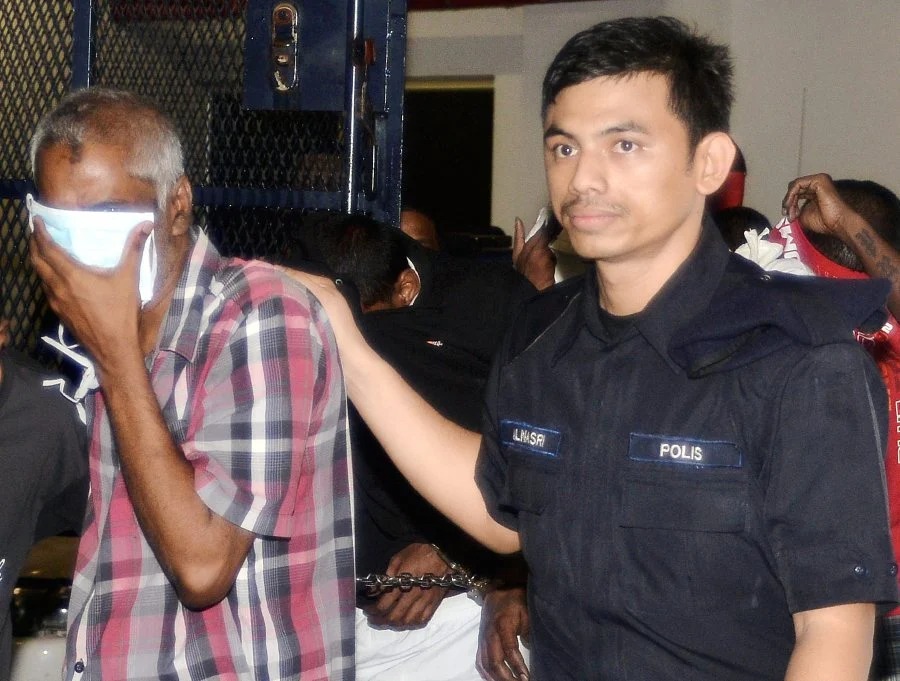
During cross-examination by the lawyer of military pathologist Dr. R Kunaseegaran, N Sivananthan, Ravi Chandaran confirmed that he had previously stated Kunaseegaran offered him RM1.5 million for pleading guilty in December 2017. He also mentioned receiving an offer of RM2 million from Richard Morais on 26 January 2018, and an offer of RM3.5 million from a prisons officer on behalf of Najib Abdul Razak in February 2018.
Ravi Chandaran agreed that the total amount offered to him by various individuals for pleading guilty amounted to RM7 million. However, he denied fabricating the story and insisted that the named individuals had indeed offered him the mentioned amounts.
Ravi Chandaran also clarified that Kunaseegaran did not order him to kill Kevin Morais, and he denied receiving any instructions to harm Morais, such as kidnapping.
The accused individuals, including Ravi Chandaran and Kunaseegaran, along with others, had pleaded not guilty to the murder of Kevin Morais. The charges are brought under Section 302 read together with Section 34 of the Penal Code, which carries a mandatory death sentence upon conviction.
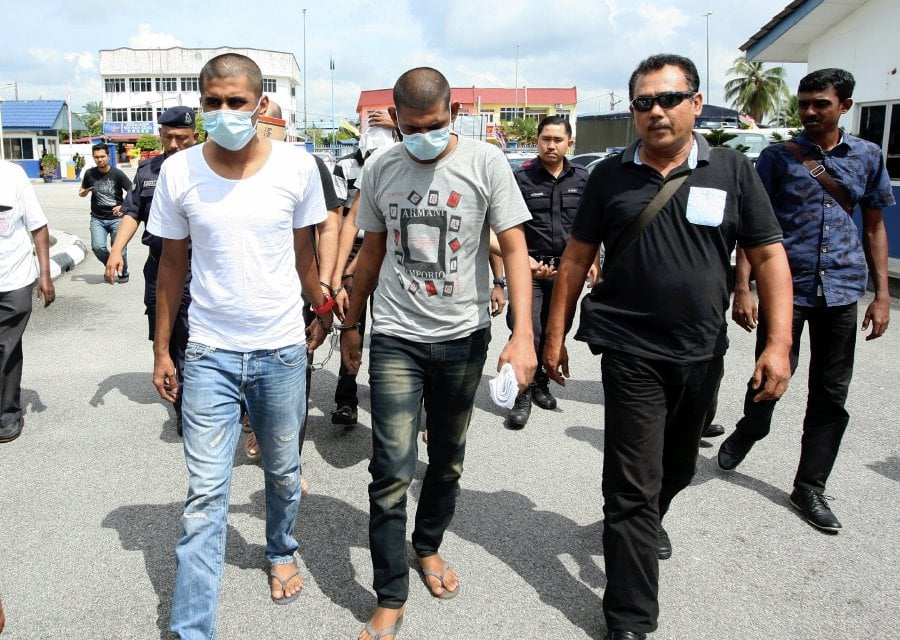
The Latest Updates
During the Court of Appeal session on 7 December 2023, Counsel Amer Hamzah Arshad, representing S. Nimalan among the six accused convicted of deputy public prosecutor Datuk Anthony Kevin Morais’s murder, emphasised the absence of evidence suggesting his client suffocated Morais.
Amer argued that the prosecution failed to present any substantiated evidence supporting this claim. All six men have filed appeals against their sentences and convictions, lodging their notice of appeal with the Court of Appeal on 13 July, four years prior.
Referring to the testimony of the 11th prosecution witness, Forensic Medical Consultant Specialist Dr. Nurliza Abdullah, Amer pointed out the lack of bruising on Morais’s neck or any signs indicative of strangulation.
Amer contended that the external injuries observed on the deceased merely indicated an attack but did not establish any intent on the part of the appellant to cause suffocation.
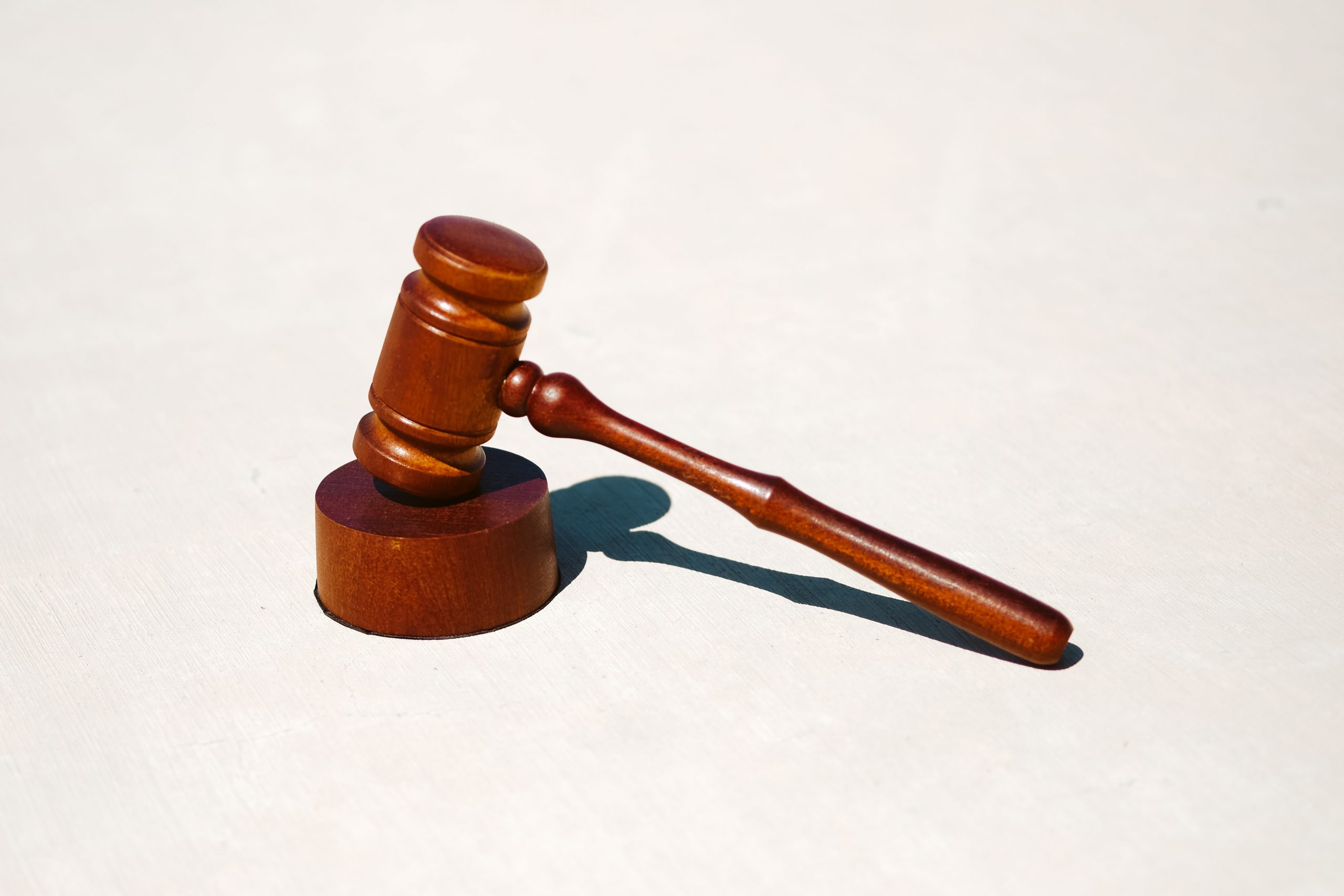
The Court of Appeal scheduled 14 March 2024 to deliver its verdict on the appeals, following the conclusion of closing submissions by both parties on 4 and 7 December.
Lawyer Datuk N. Sivananthan represented Dr. Kunaseegaran, while M. Manoharan appeared for Dinishwaran, Burhanudeen Abdul Wahid represented Thinesh Kumar, Afifuddin Ahmad Hafifi acted for Vishwanath, Amer Hamzah Arshad defended Nimalan, and Kitson Foong stood for Ravi Chandaran.
Mohd Dusuki argued that upholding the death sentence imposed by the High Court was justified and that there was no grounds for the Court of Appeal to intervene. He criticised the appellants for merely denying the case’s facts without presenting substantive evidence to counter them.
According to him, the circumstantial evidence presented during the trial was adequate to demonstrate the involvement of the six men in Morais’s murder. He emphasised that the collective evidence pointed exclusively to the appellants’ culpability and rejected the notion of a “mastermind” behind the murder.
Meanwhile, Manoharan appealed for the court to base its decision on the case’s facts rather than emotions, highlighting the significance of this being the first murder of a deputy public prosecutor.
The other lawyers echoed his sentiments, urging the court to set aside their clients’ convictions and, if upheld, to commute the death sentences to imprisonment.
In the wake of this tragedy, our hearts go out to all those affected by Kevin Morais’s untimely death, and we fervently hope for justice to prevail.

 Get Audio+
Get Audio+ Hot FM
Hot FM Kool 101
Kool 101 Eight FM
Eight FM Fly FM
Fly FM Molek FM
Molek FM